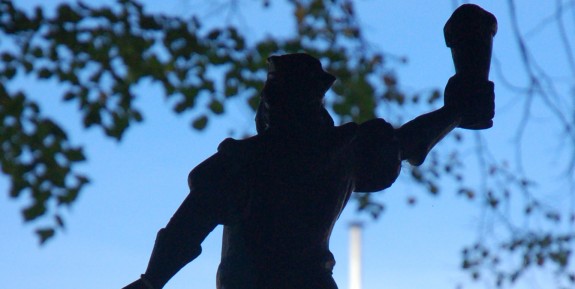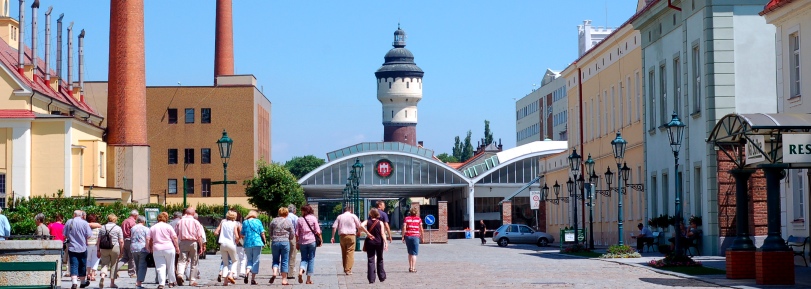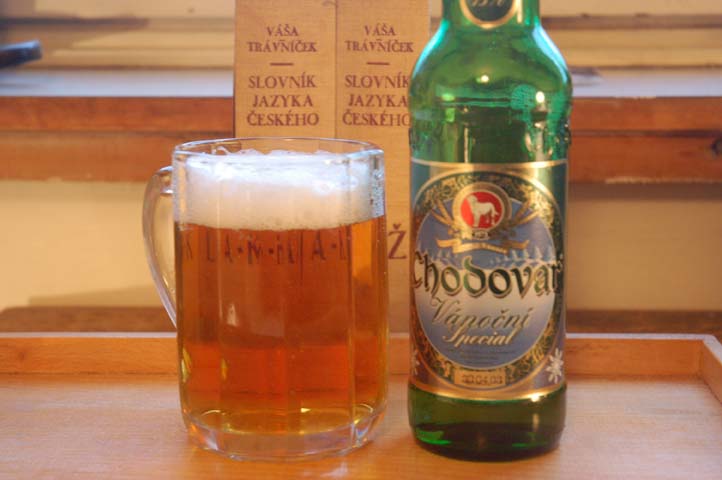We seem to be entering a great time for beer writing (and reading), with wonderful work being done by Ron Pattinson at Shut Up About Barclay Perkins and by Martyn Cornell at Zythophile, two writers who are sharpening our understanding of beer’s lengthy history, and correcting a lot of inaccuracies and misunderstandings along the way, especially in the field of British brewing.
Over at A Good Beer Blog, Alan McLeod is knocking out whimsical investigations of Albany Ale (what’s that?) and 19th-century brewing in Canada and America.
But at the moment, Central Europe’s storied brewing history seems to be getting less attention in this regard, at least in English beer writing — a pity, because our beer culture suffers from at least as many inaccuracies, misunderstandings and made-up backstories as those northwest of here. (I’m not convinced, for example, that Prague’s traditional beer style is the U-Fleků-style dark lager, or even that “the standard medieval Czech brew was decidedly dark, not blond,” as Horst Dornbusch has written. That clearly wasn’t the case by 1672, when Bohuslav Balbín wrote that “Pražskému pšeničnému, jemuž se říká světlé, se může máloco rovnat, pokud jde o blahodárné účinky,” or, roughly, “There may be little equal to Prague wheat beer, which is called ‘pale’, in terms of its beneficial effects.”)










